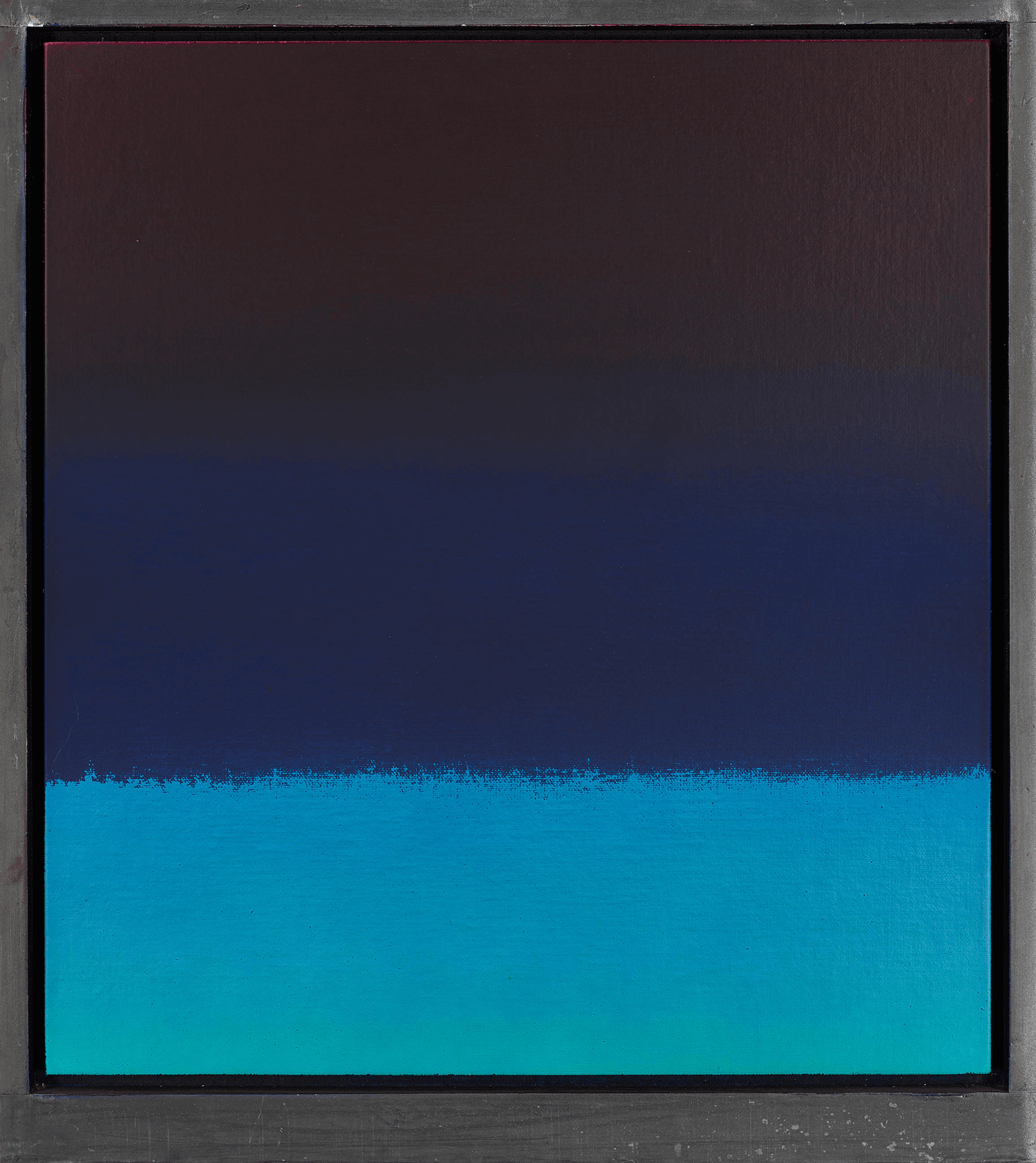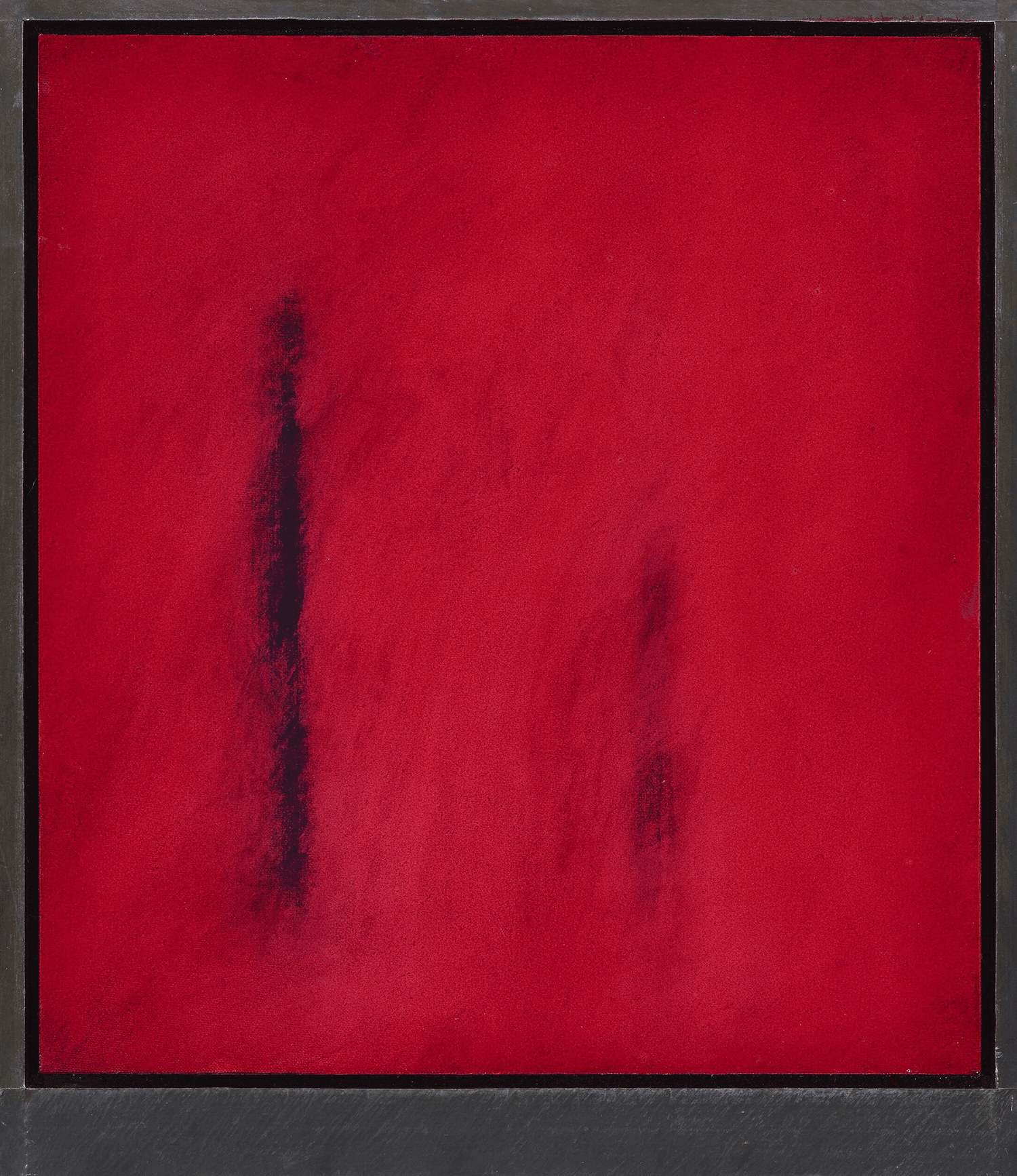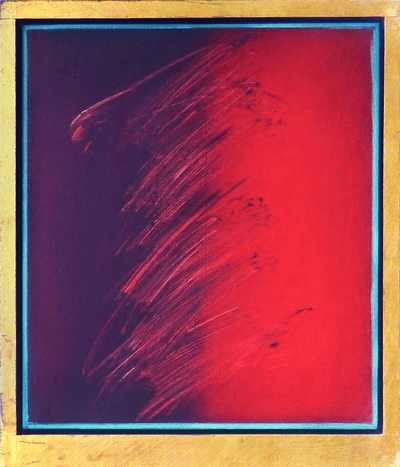Works
Eric Orr
The Sky is Not Always Blue II, 1991-94
Eric Orr
Red Singularity, 1985
Eric Orr
Time Frame #1, 1985
Eric Orr
Crazy Wisdom II, 1986
Biography
Eric Orr was born in Covington, Kentucky in 1939. Orr studied at the University of Cincinnati, New School of Social Research, University of California Berkley, and University of Mexico. Orr terminated his formal education in 1965 and moved to California for work to become the assistant to sculptor, Mark di Suvero. Before moving to Los Angeles, California area in 1965, Orr was a civil rights worker in Mississippi. In 1968, Orr experimented with hypnosis and passed out over 10,000 bags of fresh air in downtown Los Angeles. Orr also experimented with dry ice sculptures early on in his career. Orr lived and worked in Venice, California from 1965–1998. Orr is associated with Light and Space, a group of mostly West Coast artists including Larry Bell, James Turrell, Robert Irwin, and Doug Wheeler whose work is primarily concerned with perceptual experience stemming from the viewer's interaction with their work. Orr worked with elemental qualities of natural materials of stone, metal, water, fire, gold leaf, lead, blood, human skull and even AM/FM radio parts. Orr’s work was influenced by a religious and philosophical conceptualization of space icons found in cultures such as Egyptian symbolism and Buddhist Spiritualism. Orr’s art has an abstract sense of space, light, floating hues, voids, emptiness, and bright radiance. Eric Orr can be found in an array of collections and museums including MoMA, Guggenheim, San Francisco Museum of Art, Whitney, Philadelphia Museum of Art, Yale University, Panza Collection, and Pompidou Center.









